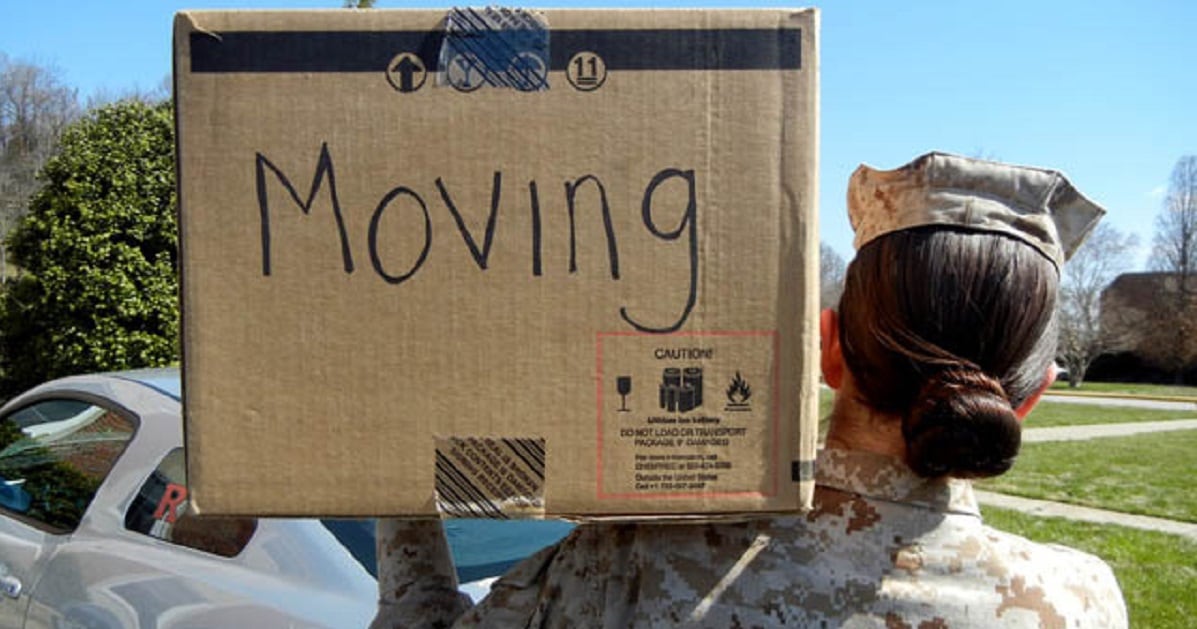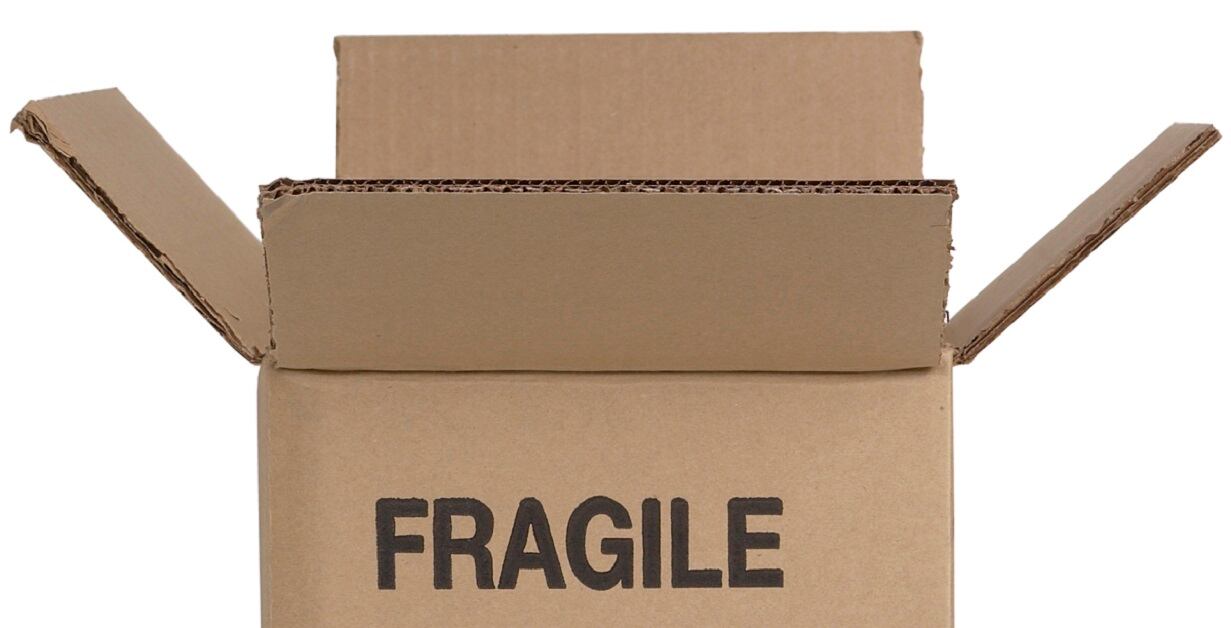Military members and their families are no strangers to acronyms and abbreviations, but that doesn’t mean they are fluent in the language of movers.
As part of the inventory process, movers will denote scrapes, scratches, dents and all manner of damage present on furniture and other items before packing and shipping them to their destination. In theory, it allows the owner of the item to claim damages should the materials be beaten up during transit.
In practice, it’s a list of 25 codes to describe damage to items, and it’s up to the owner to understand, and possibly challenge, any coding made by the movers when it’s time to sign off on the Household Goods Descriptive Inventory.
As Move.mil recommends on several occasions, it’s critical that movers who disagree with any notes on the inventory refuse to sign the document as presented by the movers. Service members should take advantage of the space for comments on the inventory form and clearly note any disagreements with the condition of the items being moved; ask for extra forms if necessary.
RELATED

These annotated documents will help with claims processes after the move, as will photos and/or videos of your high-value items taken before and after transit.
The inventory codes, courtesy of Move.mil:
| Code | Meaning | Code | Meaning | Code | Meaning | ||
|---|---|---|---|---|---|---|---|
| BE | Bent | L | Loose | S | Stretched | ||
| BR | Broken | M | Marred | SC | Scratched | ||
| BU | Burned | MCU | Mechanical Condition Unknown | SH | Short | ||
| CH | Chipped | MI | Mildew | SO | Soiled | ||
| CR | Crushed | MO | Motheaten | ST | Stained | ||
| CU | Contents/Condition Unknown | P | Peeling | T | Torn | ||
| D | Dented | R | Rubbed | W | Badly Worn | ||
| F | Faded | RU | Rusted | Z | Cracked | ||
| G | Gouged |
Get more tips for your military move here.
Kevin Lilley is the features editor of Military Times.




